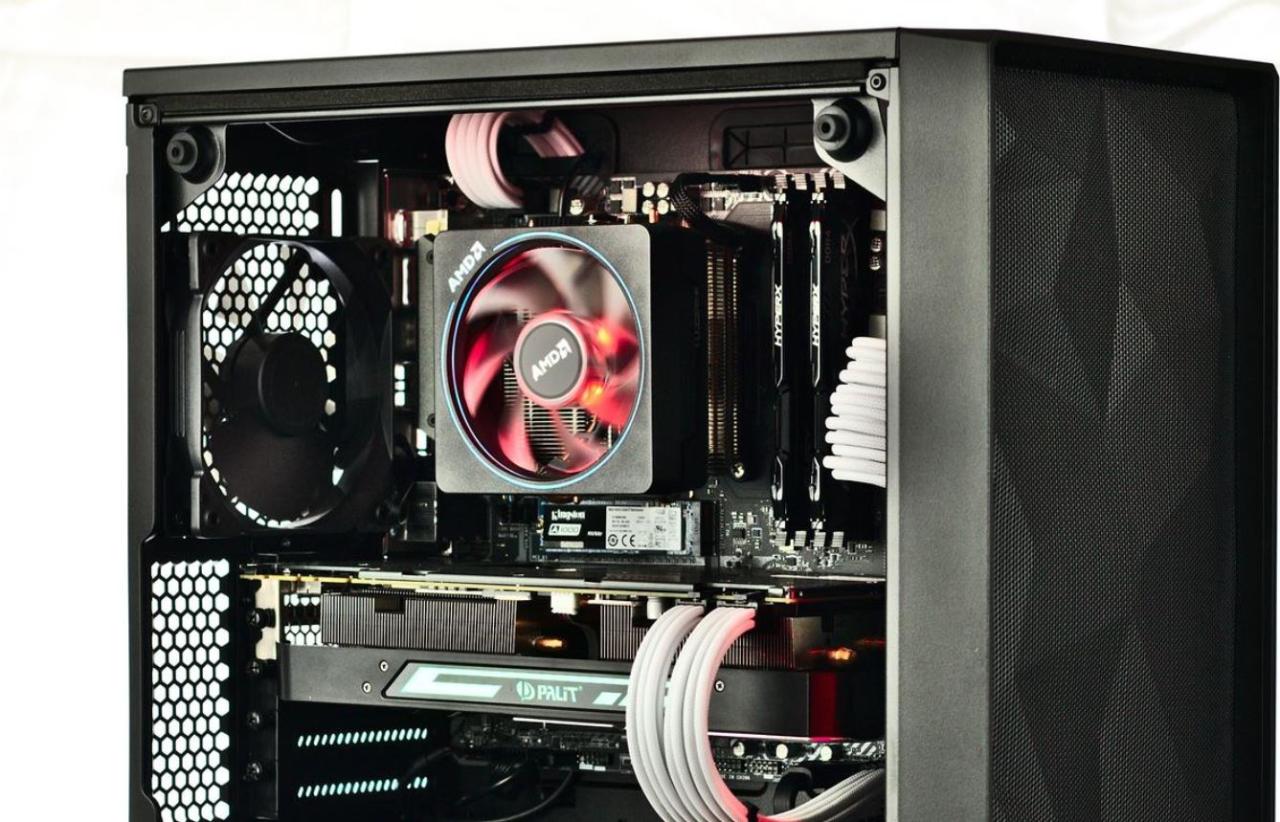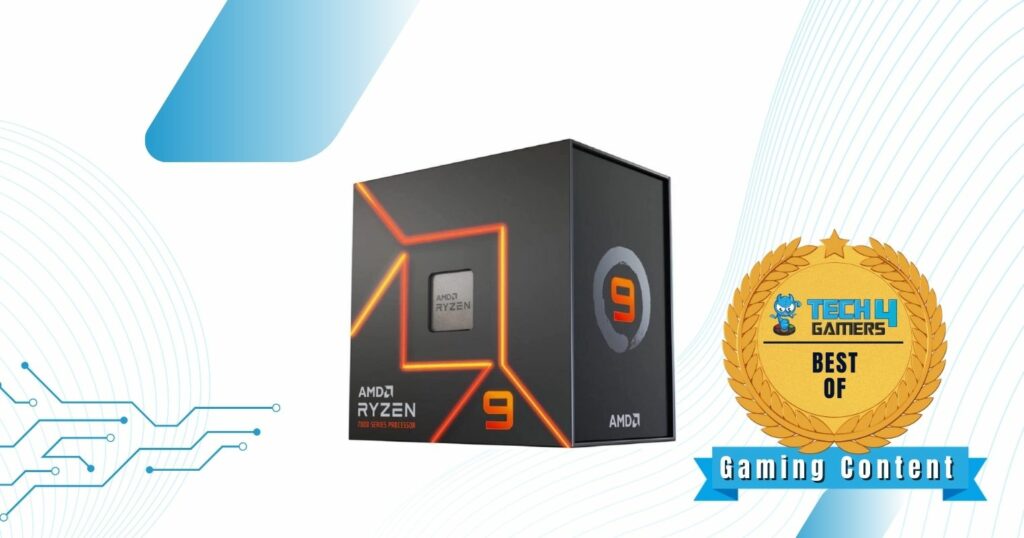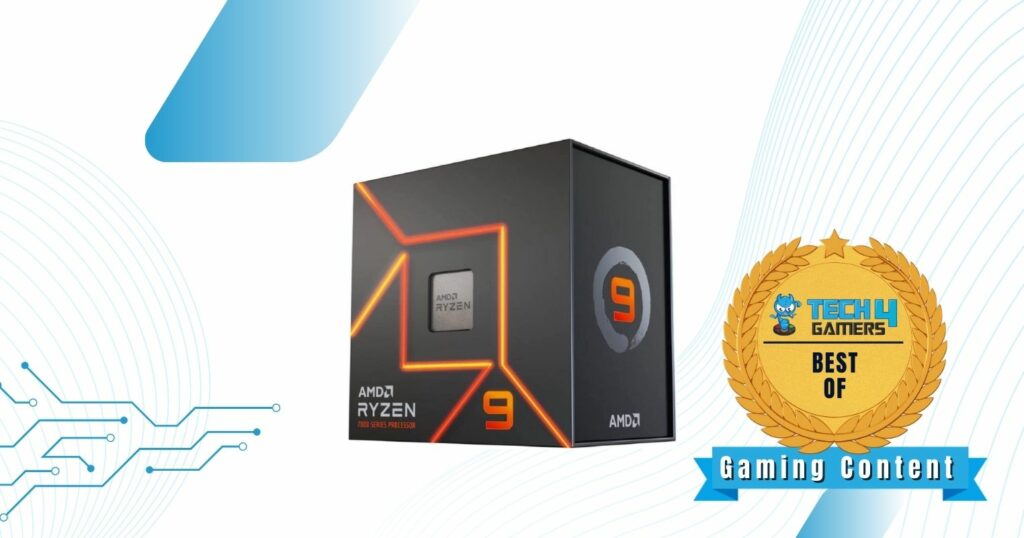Gaming CPUs are the brains behind your gaming rig, impacting everything from frame rates to responsiveness. Understanding their nuances is crucial for any serious gamer. This exploration dives into the world of gaming CPUs, from their core specifications to the various types available.
We’ll cover the key differences between high-end, mid-range, and entry-level options, providing insights into the key specifications that define a gaming CPU. A comparative table showcasing different generations of gaming CPUs will be included, allowing for easy comparison across various models.
Gaming CPU Overview

Gaming CPUs are specifically designed to handle the demanding graphical processing and complex calculations required for modern video games. They are optimized for high frame rates, smooth gameplay, and responsiveness, differentiating them from CPUs used in general-purpose computing. A crucial aspect of these processors is their ability to maintain high performance under sustained load, a key factor in the immersive gaming experience.
Key Characteristics of Gaming CPUs
Gaming CPUs are distinguished by their robust architecture, powerful cores, and high clock speeds. These characteristics allow them to efficiently process the intricate algorithms and visual data required for high-fidelity graphics and smooth gameplay. Their design prioritizes performance over power consumption, enabling gamers to experience demanding games with a responsive and fluid experience. A notable characteristic is their ability to handle simultaneous tasks, crucial for managing complex game environments, audio, and other applications without lag.
Different Types of Gaming CPUs
The gaming CPU market offers a spectrum of options to suit various budgets and performance needs. High-end CPUs are engineered for maximum performance, typically featuring a large number of cores, high clock speeds, and advanced cache memory. Mid-range CPUs strike a balance between price and performance, offering a substantial upgrade from entry-level options while maintaining a more affordable price point.
Entry-level CPUs provide a more basic gaming experience, sufficient for less demanding games or for budget-conscious gamers.
Key Specifications Distinguishing Gaming CPUs
Several specifications differentiate gaming CPUs from general-purpose processors. A crucial aspect is the number of cores and threads, as these directly influence the CPU’s ability to handle multiple tasks concurrently. High clock speeds and boost clock speeds are vital for achieving high frame rates in demanding games. Integrated graphics, although not as powerful as dedicated graphics cards, are sometimes included for basic display needs, reducing the need for a separate graphics card in entry-level gaming configurations.
Comparison of Gaming CPU Generations
| Generation | Architecture | Cores/Threads | Base Clock Speed | Boost Clock Speed |
|---|---|---|---|---|
| Intel Core i9-13900K | Raptor Lake | 24 Cores / 32 Threads | 3.0 GHz | 5.8 GHz |
| AMD Ryzen 7 7700X3D | Zen 4 | 8 Cores / 16 Threads | 4.5 GHz | 5.4 GHz |
| Intel Core i5-12600K | Alder Lake | 14 Cores / 20 Threads | 3.3 GHz | 4.7 GHz |
| AMD Ryzen 5 5600X | Zen 3 | 6 Cores / 12 Threads | 3.7 GHz | 4.6 GHz |
This table provides a concise comparison of key specifications across different generations of gaming CPUs. The table illustrates the evolution of core count, clock speeds, and architectural advancements that have significantly impacted gaming performance over time. These specifications, when considered together, provide a valuable metric for evaluating the performance capabilities of each generation.
Final Review

In conclusion, the gaming CPU landscape is dynamic and diverse, offering a range of choices for different budgets and performance needs. From the lightning-fast performance of high-end models to the balanced options in the mid-range, understanding the features and specifications is crucial for making an informed decision. Hopefully, this guide has provided a solid foundation for navigating this complex market.
Question Bank
What is the difference between a gaming CPU and a regular CPU?
Gaming CPUs are optimized for demanding tasks like running high-resolution games smoothly. They often feature enhanced clock speeds, more cores and threads, and advanced caching mechanisms to ensure faster processing speeds compared to standard CPUs.
How many cores and threads do I need for gaming?
The optimal number of cores and threads depends on the game and your desired performance. For most modern games, 6-8 cores and 12-16 threads are usually sufficient, though higher-end titles and demanding settings might require more.
What is the significance of clock speeds in a gaming CPU?
Clock speeds, both base and boost, dictate how quickly the CPU can perform calculations. Higher clock speeds generally lead to better performance, allowing for smoother frame rates and more responsive gameplay.
What are the different architectures of gaming CPUs?
Different CPU manufacturers use various architectures. Intel’s and AMD’s architectures, for instance, offer different approaches to core design, impacting overall performance and capabilities. Understanding these differences helps to understand the potential strengths and weaknesses of various CPU models.






